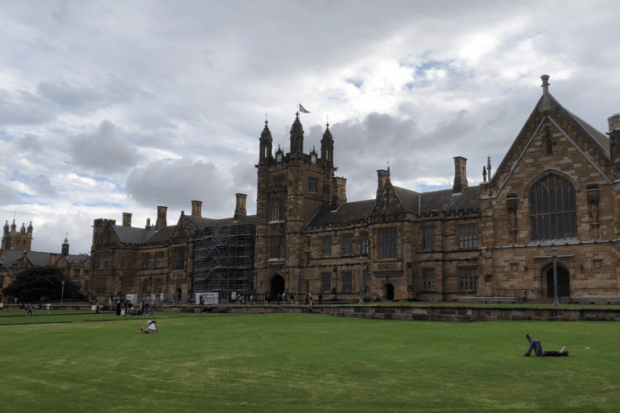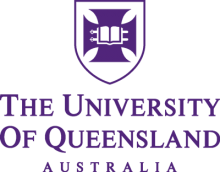Australia’s oldest university swam against the tide by generating hundreds of millions of dollars in surplus funds last year, sidestepping the sledgehammer investment markets and nosediving enrolments that catapulted at least 18 other institutions into deficit.
The University of Sydney said it had delivered an “operating result” of A$299 million (£160 million) last year following its unprecedented A$1.05 billion surplus in 2021.
Sydney’s “underlying margin”, which excludes non-recurring items such as gains and losses from asset sales, was an even healthier A$382 million – not far short of the A$454 million figure in 2021. The university’s 2021 surplus included hundreds of millions of dollars that the university was unable to spend, including huge paper gains on its investments.
Previewing its 2022 financial results ahead of their formal presentation in the New South Wales (NSW) parliament this month, the university said they revealed “a major fall in a challenging environment”.
“Our 2022 result still provides us with financial sustainability, but there is no question we are navigating the challenges currently facing a volatile higher education sector,” said vice-chancellor Mark Scott.
The challenges proved more insurmountable elsewhere, with all but four of the 20 public universities in Victoria, Queensland and Western Australia finishing the year in the red. While institutions in other states and territories are yet to publish their accounts, Canberra’s Australian National University (ANU) and NSW’s Charles Sturt University have also announced deficits.
To date, the largest deficits revealed for 2022 are A$311 million at the University of Queensland, A$217 million at the University of Melbourne, A$131 million at Queensland University of Technology and A$117 million at ANU.
Sydney avoided a similar fate partly because of “the continued willingness of our international students to study with us”, Professor Scott said. The university said international enrolments this year had exceeded its “target” figures, particularly at postgraduate level.
This had helped to offset a 19 per cent decline in domestic postgraduate enrolments, it said.
The university also benefited from fresh donations totalling A$142 million, together with A$28 million in investment earnings on philanthropic contributions.
It said it had been forced to “broaden alternate revenue sources” because federal government financial support had been declining in real terms. “All universities face the challenge of rising costs, and we are not immune to inflationary pressure, but are fortunate to be able to reinvest our surplus to support our core activities of teaching and research,” Professor Scott said.
He said the beneficiaries would include “strategically important projects” such as the Sydney Biomedical Accelerator, and student support programmes such as the MySydney admission and scholarship scheme for economically disadvantaged undergraduates.
Sydney has disclosed its surplus as it edges towards settling a rancorous industrial dispute with staff, whom Professor Scott described as “our most important asset”.
“We are committed to providing the best overall conditions, including maintaining the highest salaries in the sector and expanding our academic workforce,” he said.
Register to continue
Why register?
- Registration is free and only takes a moment
- Once registered, you can read 3 articles a month
- Sign up for our newsletter
Subscribe
Or subscribe for unlimited access to:
- Unlimited access to news, views, insights & reviews
- Digital editions
- Digital access to THE’s university and college rankings analysis
Already registered or a current subscriber? Login












